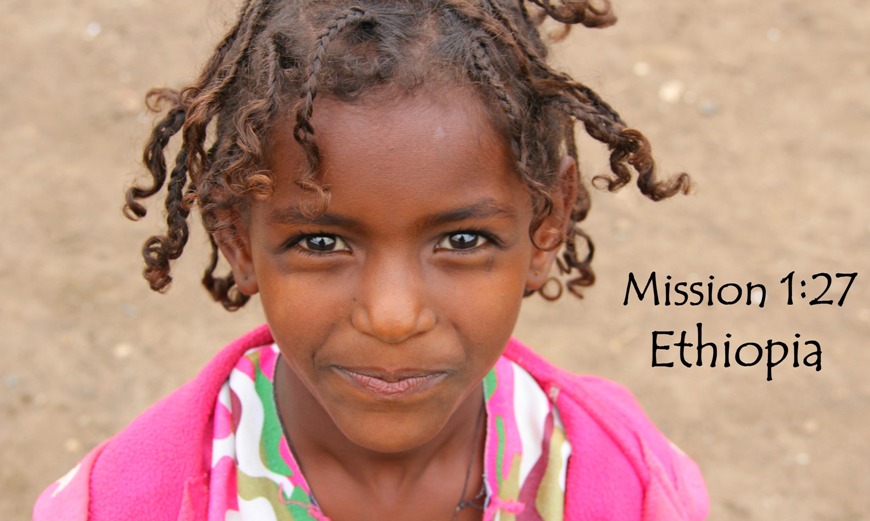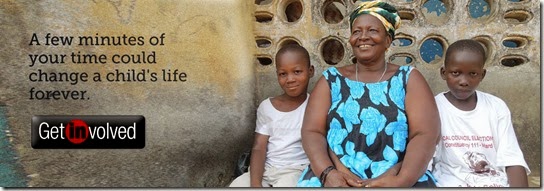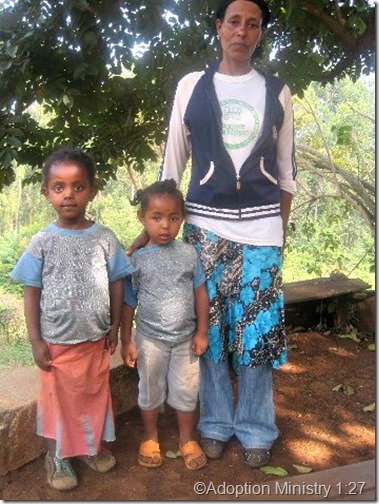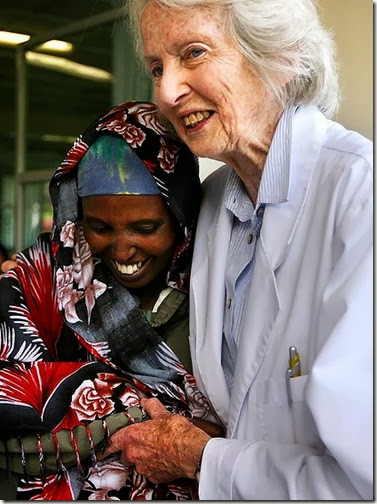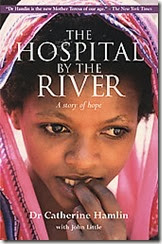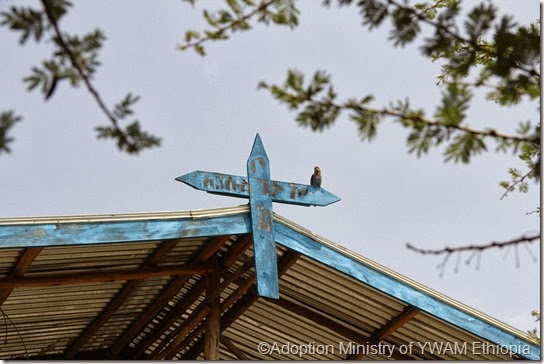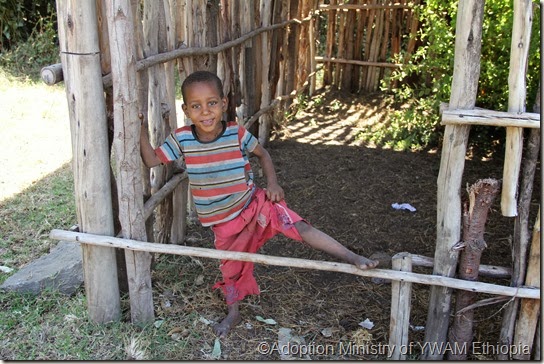
There are so many great books and resources on attachment. We have many listed on our website and are always looking for more good ones.
We thought it might be helpful to post a list of strategies that are targeted by age group. Not all of these will work with your child’s temperament, developmental age and learning style but these are some proven strategies that promote healthy attachment. Pay close attention to your child’s comfort level as you choose activities to help them attach. As we often tell our families, high structure (consistent, repetitive, predictable, boundaries) and high nurture (affection, compassion, loving touch, mercy) are the key elements for children in the first months and years of being home. Noticing their needs and meeting them immediately, over and over.
ATTACHMENT TIPS FOR BABIES
- Wear your baby (sling, Snuggly, Ergo-type carrier)
- Read, sing and talk to your baby
- Play games with baby on your lap (peek-a-boo, patty-cake)
- Eye contact while feeding (good reason to keep bottles for as long as possible – sippy cup also works), rocking, singing
- Skin-to-skin time - kisses, rocking, and holding
- Talk to your baby when you are out of sight
- Be there when baby wakes up
- Cereal or cracker kisses game – put Cheerio between your lips and allow baby to eat it from your lips
- Learn your baby’s cues and respond to them quickly
- Mimic baby’s vocalizations and expressions
ATTACHMENT TIPS FOR TODDLERS
- Eye contact games (get at eye level with your child): rolling ball to him when he looks at you; mirror images of silly faces with each other; games w/stickers on nose or between eyes; blinking games;
- Where is Mommy/Daddy? – use those names to describe yourself and reinforce who Mommy and Daddy are
- Go fishing – use goldfish crackers, pretzel sticks & peanut butter on three separate dishes. Child has to dip pretzel in peanut butter and stick a goldfish on it then feed it to Mommy or Daddy while making eye contact and vice versa.
- Singing familiar songs and make up lyrics using child’s name and the fact that you are her forever mommy or daddy
- Face-to-face games to encourage eye contact
- Caterpillar game – pretend you and your child are caterpillars in a cocoon of blankets or a sleeping bag, laying quietly or singing together. Then break out of the cocoon and become butterflies, flying around the room.
- Put lotion on after baths – make this a routine
- Give ‘bear’ hugs – baby bear: soft and gentle, mama bear: squeeze tight, daddy bear: with a loud roar
- Play ‘mirror’ – take turns who is the person and who is the mirror
- Hold them in your arms and feed them 10 M&M’s/raisins/grapes one at a time, telling them 10 reasons you love them
ATTACHMENT TIPS FOR OLDER KIDS
- Frequent verbalization of:
* family rules and norms (ie. In our family we say please)
* basics of relationships (ie. Mom and Dad will always keep you safe)
* similarities between adopted child and others in the family
* yourself by name to reinforce your relationship (ie. “Daddy loves you”)
- Encourage but don’t force eye contact and touch - Touch your child on his head, knee, arm, shoulder as you pass them
- Go back to developmental stages you missed with them – holding, rocking, lap time, reading to them, singing to them. Children regress during times of stress.
- Define what you’re doing as you teach what your family rules and expectations are (ie. A good mother makes sure her child has plenty of sleep)
- Be willing to discuss their past and their adoption with them –
What happened to me? Did I make it happen? Who’s going to take care of me? Will it happen again?
- Encourage them to verbalize their feelings instead of acting them out. Take advantage of meal prep time and time in the car, even if no eye contact happens. Tally the number of emotional expressions and work to increase them.
- Play with them at their level. Build fun and silliness into daily routines – this is especially important even when they’re being difficult and challenging because it communicates unconditional love
- Chew bubble gum together and have bubble blowing contests or style each other's hair, using these opportunities for eye contact
- Take him or her on a special date somewhere they would love
- Minimize extra-curricular activities and strive for consistency in mealtimes, bedtime and schedule.
Sources: Sally Carmen – Center for Therapeutic Intervention, A4everFamily.org, AdoptiveFamilies.com, Focusonthefamily.com
.
